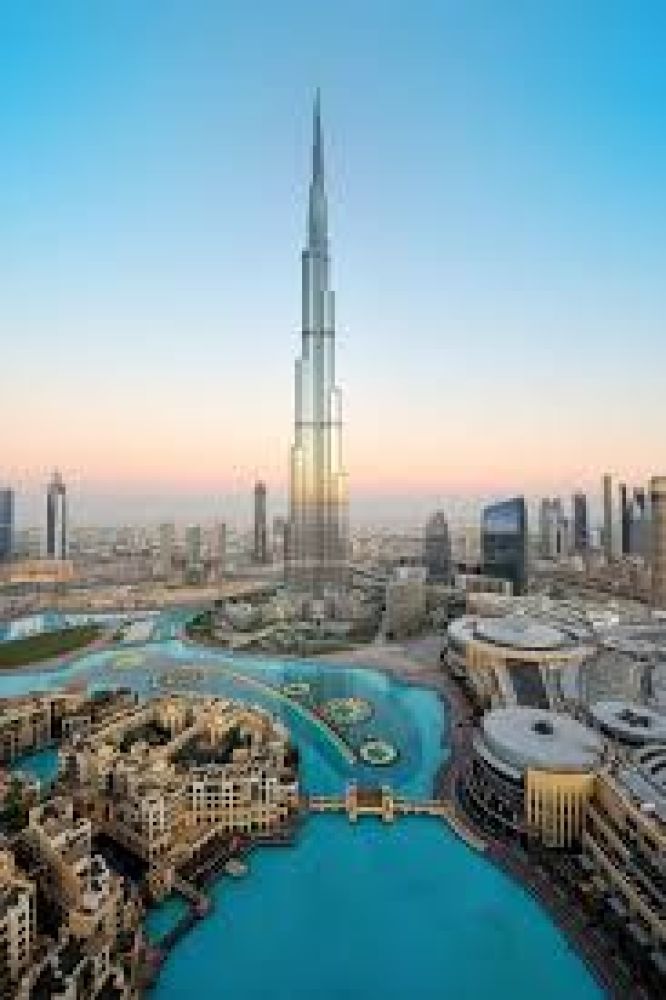

The Burj Khalifa in Dubai, United Arab Emirates, is not only the tallest building in the world but also a symbol of the emirate's rapid economic development and its emergence as a global tourism hub. Spearheading a new era of skyscrapers, the Burj Khalifa has become an essential part of the history of tourism in Dubai.
Construction of the Burj Khalifa began in January 2004. Designed by the renowned architectural firm Skidmore, Owings & Merrill, the tower was developed by the leading real estate company Emaar Properties. On January 4, 2010, the Burj Khalifa's opening marked a pivotal moment in Dubai's history, celebrating the peak of the city's construction boom.
Before the Burj Khalifa, Dubai had already begun to cultivate its tourism sector with landmarks like the Burj Al Arab and Palm Islands. However, the unveiling of the Burj Khalifa propelled the emirate onto the global stage. Tourists from around the world flocked to witness this architectural marvel, standing at a staggering height of 828 meters.
The Burj Khalifa offers several attractions for visitors, including the observation decks on the 124th, 125th, and 148th floors. At the Top, the observation deck on the 124th floor, provides panoramic views of Dubai. It is one of the city's most visited tourist attractions, offering an unrivaled experience of Dubai's skyline.
The presence of the Burj Khalifa has significantly boosted Dubai's economy, with tourism revenues climbing steadily since its opening. It has encouraged the growth of related sectors such as hospitality, retail, and entertainment, contributing to a more diverse economic landscape beyond the oil industry.
Each year, the Burj Khalifa serves as the centerpiece for extravagant events and celebrations, particularly the New Year's Eve fireworks display. Tourists schedule their visits to coincide with these events, with the fireworks being broadcasted to millions of viewers worldwide, further cementing the building's status as an international icon of celebration.
Recently, Dubai has introduced various innovations to enhance the tourism experience at the Burj Khalifa, including advanced virtual reality experiences that allow visitors to 'parachute' off the building or explore its history and construction. In the wake of the global pandemic, there has also been a focus on ensuring health and safety protocols to reassure tourists.
The Burj Khalifa's blend of architectural innovation, strategic marketing, and comprehensive visitor services have made it a cornerstone of Dubai's tourism industry. Its enduring appeal continues to shape the landscape of the city and stands as a testament to Dubai's ambition and vision for the future of travel and tourism.